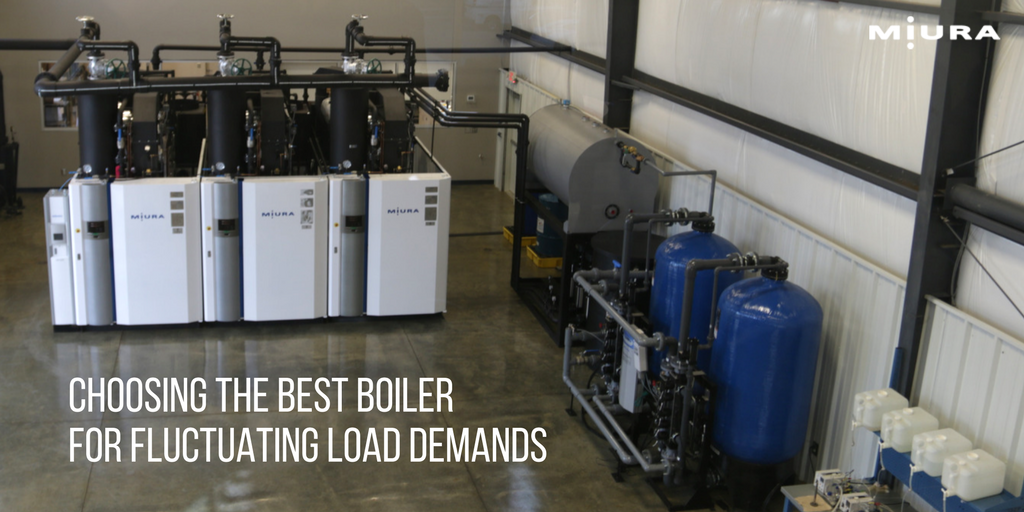
For many industrial facilities, it’s important to have a boiler that can handle fluctuating load demands. Let’s face it, your steam demands aren’t always going to be the same during the course of the day. In fact, there will probably be certain times of year when your steam needs are much higher than at other times of year. If you don’t have a boiler system that can adapt to those fluctuating demands, you’re either going to fall short of your needs or waste money by producing more than you need. Here are a few tips on how you can choose a boiler that can handle fluctuating load demands.
Modular Boiler System
It may sound obvious, but the best way to handle fluctuating load demands is to have multiple boilers available working on the same system. With modular boilers, if one is working at peak capacity without meeting load demands, others can be started up until steam needs are met. Miura modular boilers, for instance, are designed to work in tandem with one another, even though each works independently with their own burner. With this kind of setup, several boilers can run simultaneously when demands are high, but they can also be turned off when steam needs are low.Smaller Boiler
The best boilers for dealing with fluctuating steam demands are smaller, modular boilers, such as the ones manufactured by Miura. These smaller water tube boilers make it easier to install a series of boilers, as one Miura boiler has roughly half the footprint of traditional boilers. Several smaller boilers offer far more flexibility for load demand than having one or two large boilers. Using smaller boilers also creates more space inside a facility’s boiler room or steam plant. This extra space makes it easy to add more boilers to the system if peak steam demands increase beyond what the current collection of boilers can handle. If another boiler needs to be added and there’s no space in the boiler room for a large fire tube boiler, it creates a logistical nightmare that is far less likely with Miura’s modular boilers.Quick Startup
The ability to start a boiler and have it producing steam in short order is critical to handle your fluctuating demand. Unfortunately, this is almost impossible to pull off with conventional fire tube boilers. From a cold startup, it could take several hours for a fire tube boiler to be operating at peak capacity. The only way to avoid this is to keep it in standby mode when not in use. However, this wastes both fuel and money because the boiler is constantly running even if it’s not producing steam. On the other hand, Miura’s modular boilers can start producing steam from a cold startup in less than five minutes. This is a key feature when you have several Miura boilers working together on the same system. If there’s a sudden spike in steam needs, within minutes one of the extra boilers can produce the steam needed to meet the fluctuating demand.Master Control System
Another way to keep up with fluctuating demands for steam is to have your system of modular boilers connected to a master control system. Miura’s MI Controller does just that. It monitors steam demand and can be customized to manage the load demand however those onsite see fit. Miura’s MI Controller can be set up to manage up to 15 boilers on the same network, turning boilers on and off automatically based on changing steam needs. This helps to ensure that a facility’s system of boilers can be adjusted quickly and properly to handle fluctuating load demands.Contact Miura today to learn more choosing a boiler to meet your fluctuating load demands.




